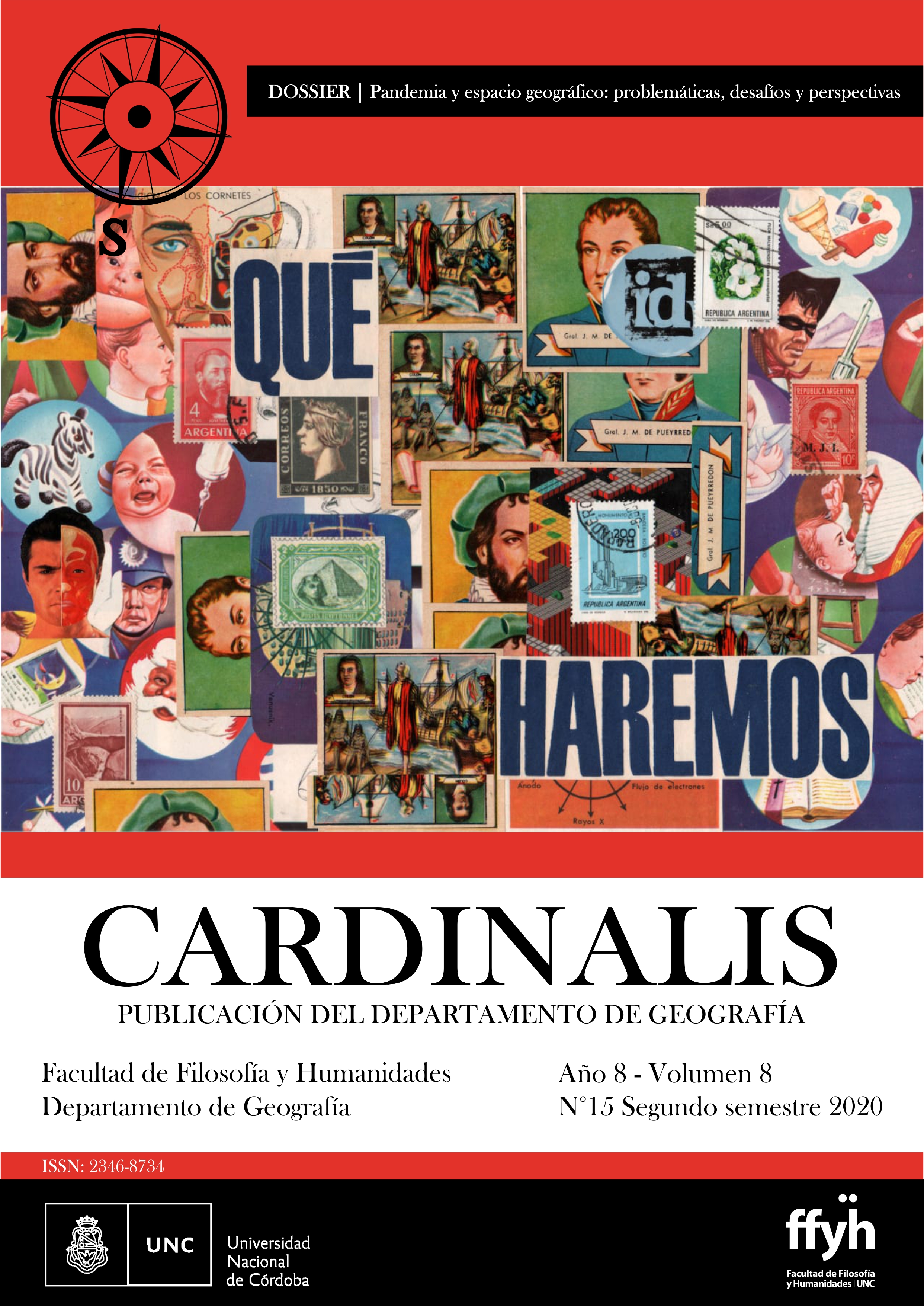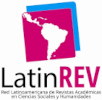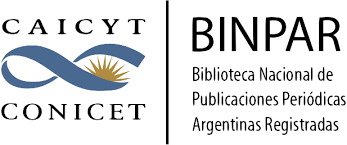Pandemic and territorial autonomy: the Guarani and Kaiowá face the spread of Covid-19 in the Tekoha
Abstract
This article analyses the Guarani and Kaiowá territorial organization against the Covid-19 pandemic in the state of Mato Grosso do Sul, on the border of Brazil with Paraguay. The aim is to highlight the autonomous actions of these indigenous peoples to contain the new coronavirus in their territories. The first cases of indigenous contagion occurred in slaughterhouses and sugar-alcohol plants. These activities in urban and agro-industrial areas did not paralyze their activities of production and exploitation of indigenous workers during the pandemic. These large agribusiness enterprises are historically responsible for the deterritorialization of habitats that create conflicts between human and non-human beings, and during the pandemic they became Covid-19 transmission sites for indigenous workers. It is possible to affirm that the pandemic has reaffirmed, on the one hand, the permanence of the coloniality of the racist power matrix by the accentuation of the territorial vulnerability of the Guarani and Kaiowá, and, on the other hand, it highlights the decolonization of practices on health and disease, highlighting the autonomous movement of confronting the spread of Covid-19 in the villages by the articulation of actions on multiple spatial scales.
Downloads
Downloads
Published
How to Cite
Issue
Section
License

This work is licensed under a Creative Commons Attribution-NonCommercial-ShareAlike 4.0 International License.
Aquellos autores/as que tengan publicaciones con esta revista, aceptan los términos siguientes:- Los autores/as conservarán sus derechos de autor y garantizarán a la revista el derecho de primera publicación de su obra, el cuál estará simultáneamente sujeto a la Licencia de reconocimiento de Creative Commons (indicada abajo) que permite a terceros compartir la obra siempre que se indique su autor y su primera publicación esta revista.
- Los autores/as podrán adoptar otros acuerdos de licencia no exclusiva de distribución de la versión de la obra publicada (p. ej.: depositarla en un archivo telemático institucional o publicarla en un volumen monográfico) siempre que se indique la publicación inicial en esta revista.
- Se permite y recomienda a los autores/as difundir su obra a través de Internet (p. ej.: en archivos telemáticos institucionales o en su página web) antes y durante el proceso de envío, lo cual puede producir intercambios interesantes y aumentar las citas de la obra publicada. (Véase El efecto del acceso abierto).

Esta obra está bajo una Licencia Creative Commons Atribución-NoComercial-CompartirIgual 4.0 Internacional.






